Everyone that ended up going on the trip was on time and in the vehicles; but 2 participants didn't show up, and we wasted 15 minutes waiting and trying to get a hold of them--in the end we left late, and without the 2 no-shows. In the parking lot the first birds of the day were a flyover flock of WHITE-FACED IBIS; and singing AMERICAN ROBIN, HOUSE FINCH, and RED-WINGED BLACKBIRD. We wasted no time making our way to Glover Lane, where birds were singing as if it were sunny and warm. COMMON YELLOWTHROAT and YELLOW WARBLER were heard quickly. Sitting in the middle of a wet field was an easy to watch BLACK-CROWNED NIGHT-HERON, while the ponds at the end of the lane provided the usual share of waterfowl and waterbirds--we were underway and I personally didn't mind the rain since the birding was off to a good start.
At Farmington Bay the gates were locked as usual and it took a few minutes to get in. We were greeted by a GREAT EGRET in the pond to the east, as well as COMMON GOLDENEYE, and 100's of VIOLET-GREEN SWALLOWS. Behind the restrooms 2 WOOD DUCKS were nice to get out of the way. We snagged both SORA and VIRGINIA RAIL calling from the reeds, and CASPIAN and FORSTER's TERNS overhead. At Egg Island Overlook a very wet SWAINSON'S HAWK posed for the group int he small trees. Scoping form here we picked out a small group of 7 RED KNOTS to the southwest--a fortuitous find as we would have none at the causeway later. We quickly nabbed our waterfowl needs and got a bonus PEREGRINE FALCON before turning around and heading out. Along the way we added LONG-BILLED DOWITCHER, WILSON'S PHALAROPE, and SANDHILL CRANE. We were glad to get both NORTHERN SHOVELER and AMERICAN WIGEON which have been surprisingly difficult in the past. As we left a singing LINCOLN'S SPARROW at the restrooms was a bonus that eventually gave everyone great looks--and for the first year in many we struck out on Blue-winged Teal.
Red Knots at Farmington Bay
Heading towards the freeway we snagged CALIFORNIA QUAIL, which is never a sure thing so was technically a bonus bird for the day. Like every year adjusting our route, this year we threw in a loop the opposite direction of our trip--heading to Bountiful Pond, we hoped to maximize our migrant lists by hitting 2 migrant traps instead of just. It was rewarding as we were able to also add CATTLE EGRETS along Legacy Parkway--where 1,000's of WHITE-FACED IBIS filled every field. The group only had to scan one flock to get lucky enough to pick out a GLOSSY IBIS for the day.
Glossy Ibis photo by Rachel LeBlanc
At Bountiful Pond we waded in ankle deep water through the flooded orchard hoping for migrants. There wasn't as much as expected but we did star to pick things out slowly. YELLOW-RUMPED WARBLER, BULLOCK'S ORIOLE, WILSON's, & MACGILLIVRAY'S WARBLERS were found. Several GREEN-TAILED TOWHEES were seen along the path around the west side of the pond. A BARN OWL flushed from the trees, while overhead swallows twittered about. On the water we snagged COMMON MERGANSER and CLARK'S GREBE. Feeling we'd exhausted the trees we left 15 minutes behind schedule for the day--but on time given we left 15 minutes late at the onset.
Bobolink at Shick Lane
The drive to Kaysville went quick, and we netted 2 BOBOLINK and WILSON'S SNIPE at Schick Lane, before adding GREAT-TAILED GRACKLE at Jensen Nature Park. And just like that the rain subsided--the clouds parted and the sun graced us with its presence. The rest of the morning would be spent at Antelope Island, birding in ideal conditions. On the causeway we quickly pinned down 2 AMERICAN GOLDEN-PLOVER, 4 WHIMBREL and a SNOWY PLOVER amongst the 1,000's of BLACK-BELLIED PLOVER and SANDERLINGS. 10's of 1,000's of RED-NECKED PHALAROPE dotted the water. We couldn't find any turnstones or dunlins; and not a peep in the whole bunch. But a 3rd cycle LESSER BLACK-BACKED GULL was a bonus--as was an AMERICAN PIPIT along the beach. We plowed through our needs and headed to the end of the causeway where 2 PURPLE MARTIN were drifting over the last bridge. At the marina we had 5 more including several gorgeous males that flew past at eye level.
Female Purple Martin at AIC
Tim's Car photo by Rachel LeBlanc
Great Horned Owls at Antelope Island
The drive to Garr Ranch was punctuated with a quick stop for GRASSHOPPER SPARROW which was perched up and singing on arrival. At Garr Ranch we ran into a fallout--kicked off with PURPLE MARTIN number 10 for the day. WILSON'S WARBLERS were dripping form the understory.
Wilson's Warbler at Garr Ranch
Northern Waterthrush at Garr Ranch
On our way to get lunch in Ogden we added a pair of WESTERN SCRUB-JAY which is usually a miss for us--and after a short lunch stop we headed to Birdsong Trail at the mouth of Ogden Canyon. Here with a little coaxing we picked up YELLOW-BREASTED CHAT and FOX SPARROW for the day as well as BLACK-HEADED GROSBEAK and BLACK-CHINNED HUMMINGBIRD. Overhead our first TURKEY VULTURES were a pleasant sight. Heading into the canyon, Mike suggested stopping at "The Oaks" to see if we could get a catbird and Calliope Hummingbird at their feeders. We had no such luck with those birds, but as we were getting ready to leave a small buteo emerged form the trees across the road and circled. Everyone looked and someone quickly yelled out Swainson's Hawk! But that wasn't right, the dark bird was very "broad-winged", and the pattern was just off. I fumbled to grab my camera as I stuttered that I thought it looked like a BROAD-WINGED HAWK. All eyes were back on the bird as it circled overhead. After getting my camera and finally focusing the bird made its way up up up eventually being dive bombed by a SHARP-SHINNED HAWK, as they both circled amongst the WHITE-THROATED SWIFTS overhead. A quick check of the field guide and it sunk in that we really did have a dark-morph Broad-winged Hawk. To gloat just a little (and for comfort confirmation) I sent the picture to Jerry Liguori with no text--his response was to excitedly ask WHERE??? This was definitely the bird of the day for me.
Dark morph Broad-winged Hawk in Ogden Canyon
Getting our wits about us we continued. At Pineview we added a BLACK-THROATED GRAY WARBLER before hitting Jefferson Hunt Campground. Here CEDAR WAXWING were added and finally OSPREY as we headed eastward towards Monte Cristo. This was the first year SR-39 had been open so we took advantage of a new route through the mountains. As I tallied the birds from the day we sat at 149. The car started guessing what 150 would be. Mike was confident that it would Mountain Bluebird, while a few of us ventured that Northern Flicker would be next. The radio from Jeff's car crackled, "NORTHERN FLICKER". We cheered and eventually saw one ourselves. The next bird to follow--MOUNTAIN BLUEBIRD.
The road to Monte Cristo
Jeff's Car 12 hours in to the day
Back in the cars we descended to the east and out of the clouds. We added CASSIN'S FINCH on the way down, but no other montane species. Monte Cristo was a bust and cost us a few species. Had the weather been different it probably would have been a great addition to the trip. We stopped in Woodruff briefly to look for Common Grackle to no avail. Driving along SR-16 south towards the Wyoming border through Deseret Ranch we picked up CANVASBACK for the day. We decided to cross the border and check out Woodruff Narrows Reservoir. VESPER SPARROW was picked up along the road in and at the lake we had RING-NECKED DUCK. Our other targets in the sage and on the water were missed, and we slowly made our way back towards Utah, stopping briefly in Evanston to pick up food for our last few hours on the move. Back in Utah we checked an old Ferruginous Hawk nest but there were none present. All in all our big loop to the east had been a waste. A few years ago we changed the route to leave the long drive up Logan Canyon, and down through Wyoming out. It was too much driving--too little birding--and in the end we could get more species spending more time int eh field closer to home. I think that holds true with this years experiment; its hard to say how much different things would have been on a sunny day; but on this day it was a miss.
Common Loon at Echo Reservoir
Down Echo Canyon we decided to stop at Echo Reservoir. Here we picked up COMMON LOON and PLUMBEOUS VIREO for the day, before making our way towards Henefer adding both GOLDEN and BALD EAGLES along I-84. We were getting short on daylight and I knew we could add at least one more songbird for the day with AMERICAN DIPPER at Jeremy Ranch Road. That was it though--we exhausted our last spot for Gray Catbird for the day without seeing one--and Swainson's Thrush really aren't back yet so that was another miss. Looking at our list we sat comfortably at 165 species for the day--we would have no problem at least tying our previous best.
Heading up East Canyon to look for nocturnal birds several in the group had a BLACK-CAPPED CHICKADEE for the day. I was a little worried when Ruffed Grouse wasn't on its usually booming log--it took a short hike but eventually we flushed a RUFFED GROUSE from some high grass making it 167 for the day, what we ended with last year. A few minutes later we called in a FLAMMULATED OWL for 168 and a new Marathon Birding record. Try as we might we couldn't get another Flammy to come in nearby; and no poorwills were heard calling. We might end up stalling with +1. At our next stop there were flammy's calling but we tried for other owls which we needed for the day. I heard a couple of screeches from the woods after doing a NORTHERN SAW-WHET OWL whistle for a bit--and it was a couple minutes later when one finally whistled back making it 169.
Flammulated Owl from East Canyon
At Big Mountain Pass it took a little coaxing to get a COMMON POORWILL to respond making it 170 species on the day--and we still had time to burn. But given the long day, and great numbers we opted not to stop and try for screech-owl and instead head back to Farmington. We forgot to check the odometer, but the trip should have covered 305 miles or there abouts for the day. We got back right at 11:00pm for 16 hours and 45 minutes of Marathon Birding through 7 counties (+1 in Wyoming). I was honestly shocked what we were able to see given the weather--it actually helped keep a lot of birds down probably which made picking up migrants easier than in the past.
It always amazes me how this trip transforms every year. After 10 years looking back its crazy to think that in the past we struggled to get 130 species on this trip. Each of the last 3 years we have topped 160 and as we keep refining 175 or 180 doesn't seem that far off. We never know how the trip will go, or what we really will see ad the unpredictability of migration, due to the rising and falling water levels of the GSL, the hit or miss nature of passerine migration in mid-May, and what routes will be open to drive. Every year we talk about adjusting the route a little bit and making subtle changes to get the most out of the day. So we'll have to wait and see what next year brings. As always thanks to Jeff for co-leading this trip; and Mike and Taylor for driving--the 2 extra sets of eyes has really mad ea difference. And especially thanks to the 6 hardy birders who showed up despite the horrendous conditions--it paid off!
Labels: big day, Cache County, Davis County, great salt lake, great salt lake bird festival, marathon birding, morgan county, Rich County, salt lake county, Summit County, Weber County


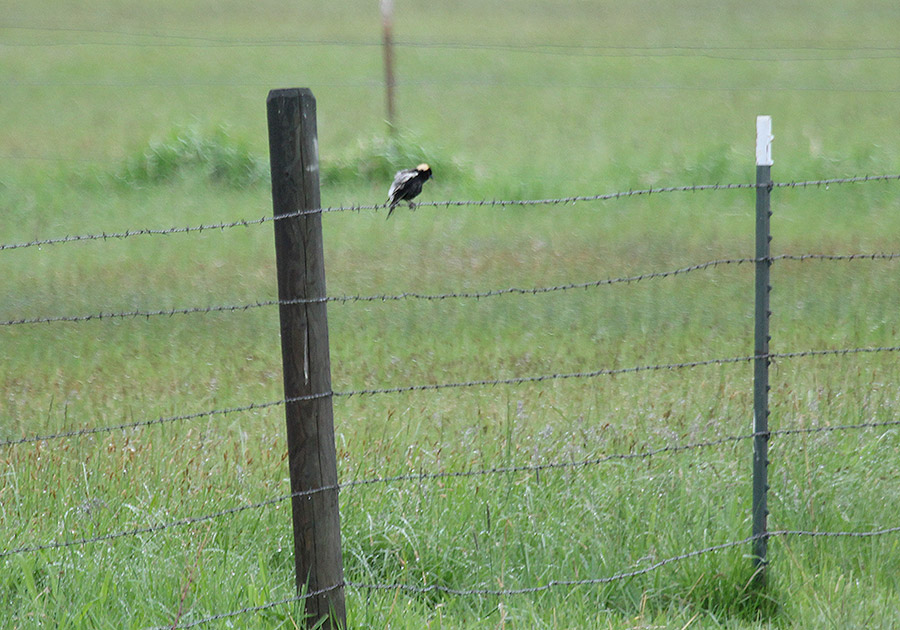
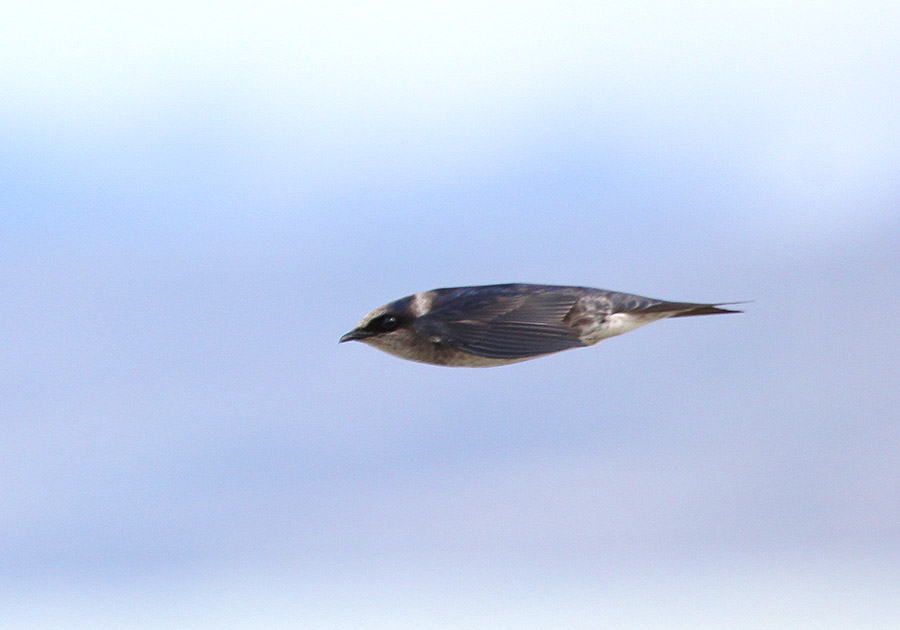


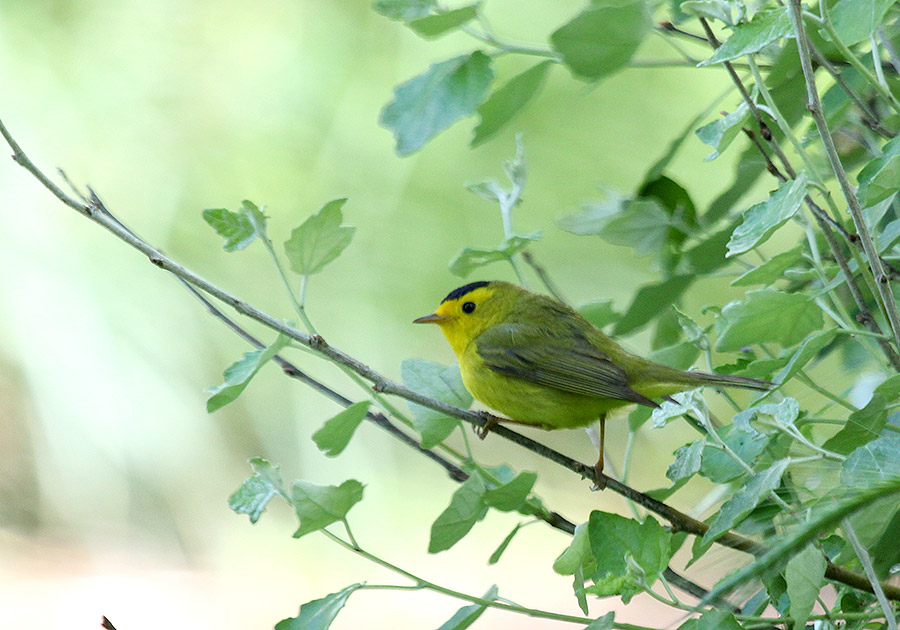




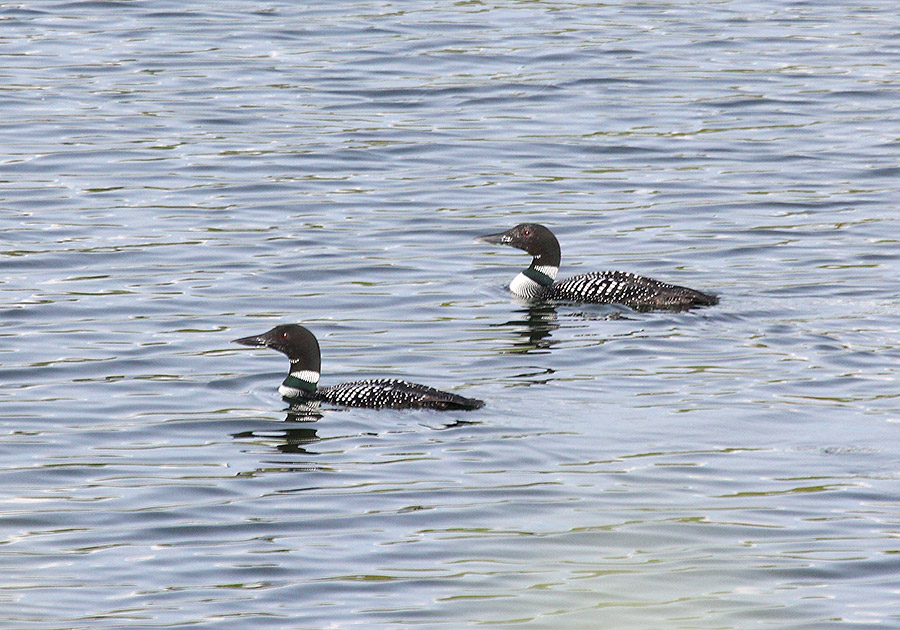
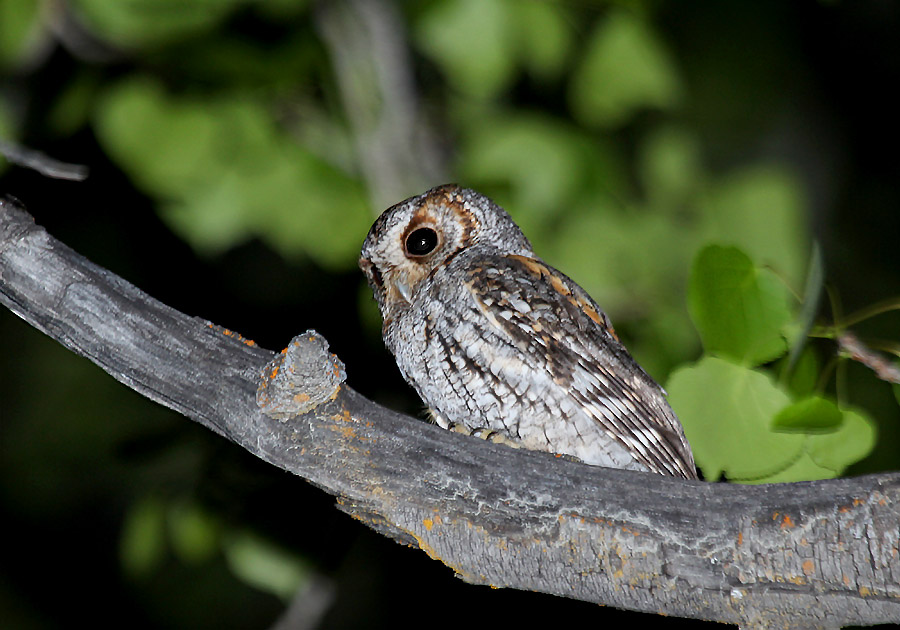

1 Comments:
Wow, 170 in a day. I can't even imagine seeing that many birds so quickly. I think it took me a year to see 150. Congrats on such a great day!
-Ron
Post a Comment
Subscribe to Post Comments [Atom]
<< Back to Previous